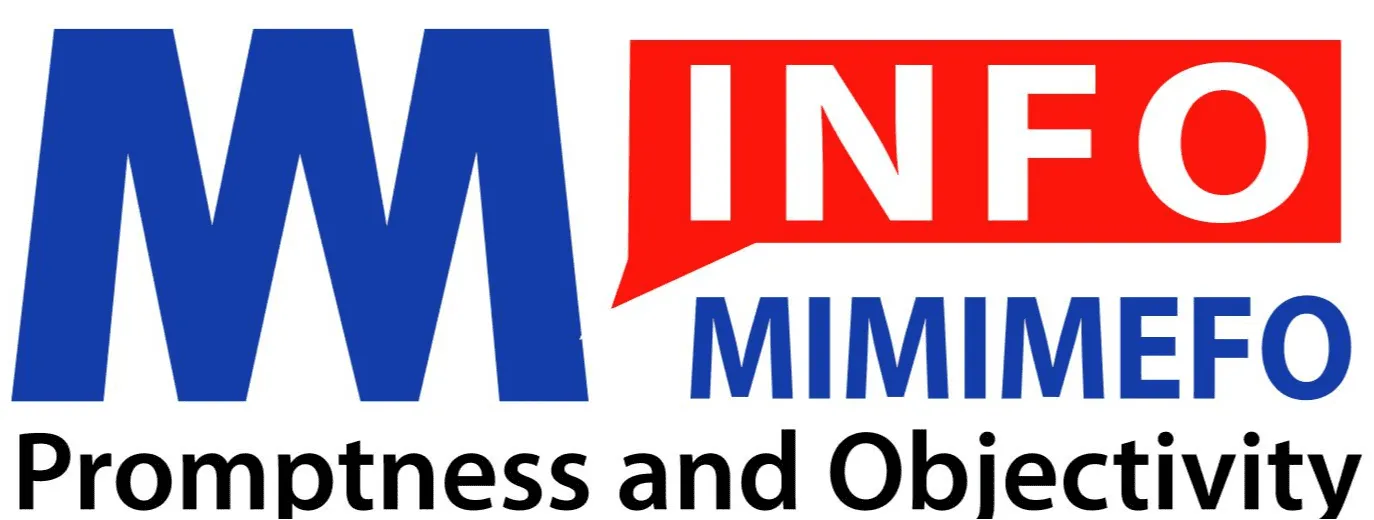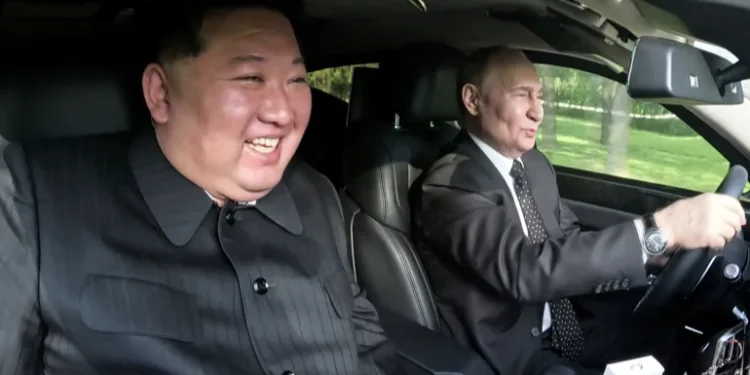Russian President Vladimir Putin and North Korean leader Kim Jong Un demonstrated an unusual sense of unity in the face of international scrutiny. They rode together in an Aurus limousine through the streets of Pyongyang on Wednesday. This visit by Putin is his first to North Korea in almost 25 years. The meeting, appearing to be carefully planned to convey a story of shared confidence and friendship, took place in the midst of geopolitical strain and economic restrictions.
The well-publicised event, broadcast on state television, included Putin and Kim taking turns driving the Aurus, a symbol of Russia’s automotive excellence and a luxurious vehicle preferred by Putin personally. The leaders’ attempt to depict a strengthening personal connection and a strategic partnership was emphasised by the tableau, which included grins and the exchange of seats.
Earlier in the day, the two presidents concluded a big bilateral deal that encompassed a mutual defence commitment, a strategic action that analysts perceive as Moscow’s most audacious move in the Asia-Pacific area in recent times. For Kim, the treaty represented a formal agreement or partnership with Russia, which increased the importance of the strategic consequences in an area filled with past hostilities and conflicting interests.
The transfer of the Aurus limousine, which was presented as a gift from Putin to Kim, introduced an unusual element to the day’s diplomatic proceedings. Earlier reports indicated that Kim had already acquired a fancy vehicle, making this occurrence not the first of its kind. Although South Korea expressed disapproval, considering the gift a violation of United Nations sanctions implemented in response to North Korea’s nuclear aspirations, the act appeared to be a deliberate effort to strengthen personal relationships rather than strictly conform to global standards.
The episode also emphasised the opulent preferences of North Korea’s ruling class, as Kim allegedly accumulated a selection of high-end automobiles, including Maybach, Mercedes-Benz, and Rolls-Royce models, despite strict sanctions designed to isolate the government.
Observers remarked about the deliberate and planned character of the event, highlighting the contrast between the seemingly friendly atmosphere and the underlying geopolitical tensions and economic limitations experienced by North Korea. Putin’s visit and the conspicuous demonstration of automotive diplomacy were a reminder of the complex interplay between power and perception in international affairs.
After Putin and Kim finished their public display, doubts remained regarding the actual substance of their diplomatic interaction, which went beyond mere photo ops and symbolic gestures. The Aurus limousine, currently a subject of controversy, represents not just opulence and influence but also the complex network of alliances and sanctions that characterise contemporary international interactions.
Currently, the joyride in Pyongyang is a clear and striking example of diplomacy in the modern day, where the creation of images is crucial. This leaves onlookers to contemplate the lasting consequences of this high-risk diplomatic act in a time of global unpredictability.



